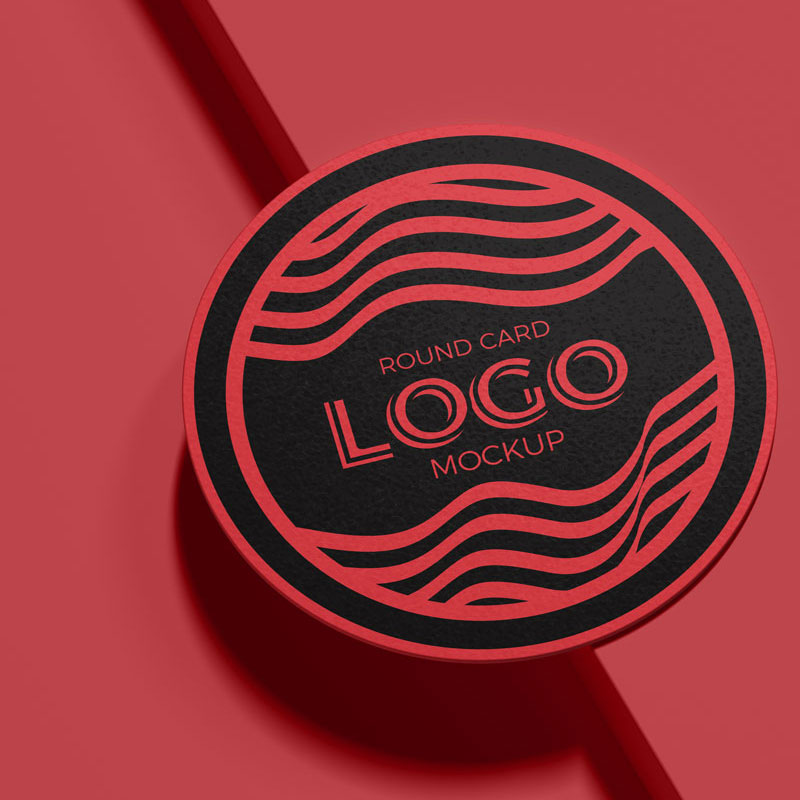Table of Contents
Logo Design and its Contribution to Corporate Identity

The planning logo plays a decisive role in determining it corporate identityof a company. A logo serves as a visual representation of a brand, conveying its values, personality and essence to the public. It is the face of a company, instantly recognizable and memorable. In today's competitive business landscape, where brand recognition is key, a well-designed logo can make all the difference in creating a strong corporate identity.
Understanding logo design elements
The planning logo it is a multifaceted process that involves various elements working together harmoniously. These elements include colors, typography, shapes, symbols and the clever use of negative space. Each element contributes to the overall message and perception of a brand, helping to create a unique and distinct corporate identity.
Colors and their effect on corporate identity
Colors have a profound impact on our emotions and perceptions, making them a powerful tool in logo design. Different colors evoke different feelings and associations, and companies carefully choose colors for their logos to align with their values and personality.
For example, blue is often associated with trust and reliability, which is why many financial institutions use it in their logos. On the other hand, red is commonly associated with passion and energy, making it a popular choice for companies in the food and beverage industry. Strategic use of color in logo design helps shape corporate identity and influences how customers perceive a brand.
Typography and its role in conveying brand personality
Typography, or the style and arrangement of letters and characters, plays a critical role in logo design. The choice of typefaces can communicate a brand's personality, whether it's sleek and modern, playful and fun, or elegant and sophisticated. Each typeface has its own unique characteristics and associations, and designers carefully select typefaces that align with brand values and target audience.
For example, a technology company might choose a clean and minimalist font to convey a sense of innovation and efficiency, while a luxury brand might choose a sophisticated and ornate font to evoke a sense of opulence and exclusivity. Typography is a powerful tool in logo design that helps shape corporate identity and create a lasting impression on customers.
Shapes and symbols in logo design
Shapes and symbols are another important aspect of design logo that contribute to a company's corporate identity. Different shapes can convey different meanings and evoke specific emotions. For example, circles are often associated with unity and harmony, while triangles can symbolize strength and stability.
Symbols, on the other hand, can represent a company's values, mission, or industry. For example, a medical company might incorporate a caduceus symbol into its logo to denote health and wellness. The strategic use of shapes and symbols in logo design helps create a visual identity that resonates with the target audience and reinforces the brand's core message.


Using negative space to create memorable logos
Negative space, or the empty space around and between elements of a logo, is a powerful design technique that can create memorable and striking logos. By cleverly using negative space, designers can hide subtle messages or create optical illusions that attract and captivate the audience.
Some of the most iconic logos, such as the FedEx logo with its hidden arrow, make excellent use of negative space to convey a deeper meaning. Skillful use of negative space in logo design adds an extra layer of creativity and sophistication to corporate identity, leaving a lasting impression on customers.
Logo design trends in corporate identity
Logo design trends are constantly evolving, influenced by changing consumer preferences, technological advancements and cultural shifts. Staying current with these trends is essential for companies looking to create a modern and relevant corporate identity. Currently, minimalist and simplistic designs are on the rise, reflecting the growing preference for clean and uncluttered graphics.
In addition, the use of gradients, bold typography and geometric shapes are gaining popularity, adding depth and visual interest to logos. By incorporating these trends into their logo designs, companies can stay ahead of the curve and create a corporate identity that resonates with their target audience.
The process of creating a logo that reflects the corporate identity
Creating a logo that accurately reflects a company's corporate identity is a meticulous and collaborative process. It starts with thorough research and understanding of brand values, target audience and industry. The designers then collect ideas and concepts, sketching out different possibilities. Once a direction is chosen, designers refine the concept, experimenting with colors, typography, shapes and symbols.
Feedback and iteration is vital at every stage to ensure the final logo aligns with the brand identity. The end result is a visually compelling logo that embodies the essence of the company and effectively communicates its corporate identity.
Conclusion: The power of logo design elements in shaping corporate identity
Logo design elements play a central role in its formation corporate identity of a company. Colors, typography, shapes, symbols and clever use of negative space help create a visual representation of a brand that resonates with its target audience. A well-designed logo is not only memorable, but also communicates the brand's values, personality and essence.
It acts as the face of a company, making it instantly recognizable and establishing a strong corporate identity. By understanding the importance of logo design elements and incorporating them strategically, companies can create a visual identity that sets them apart from the competition and leaves a lasting impression on their customers.

Interest Form